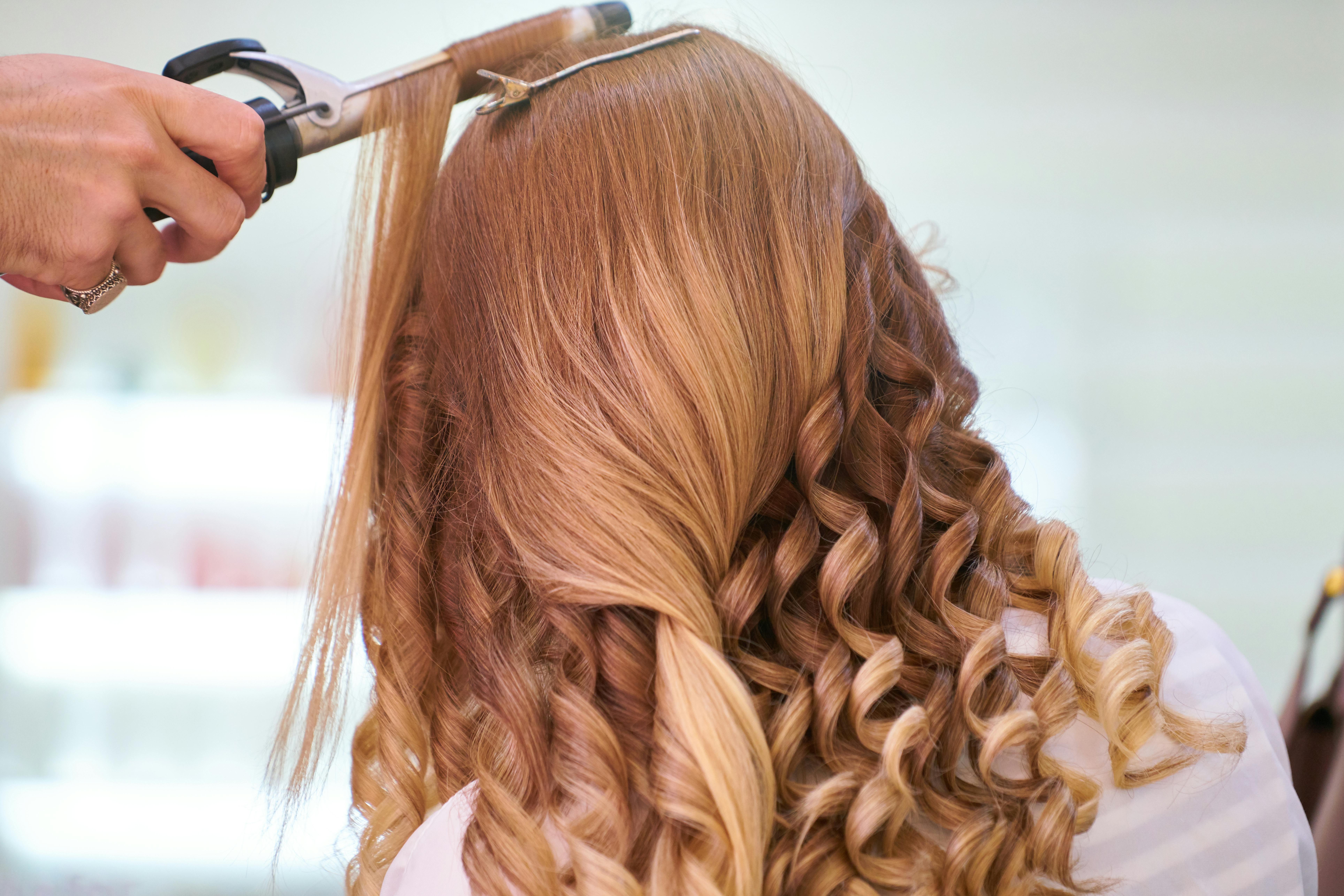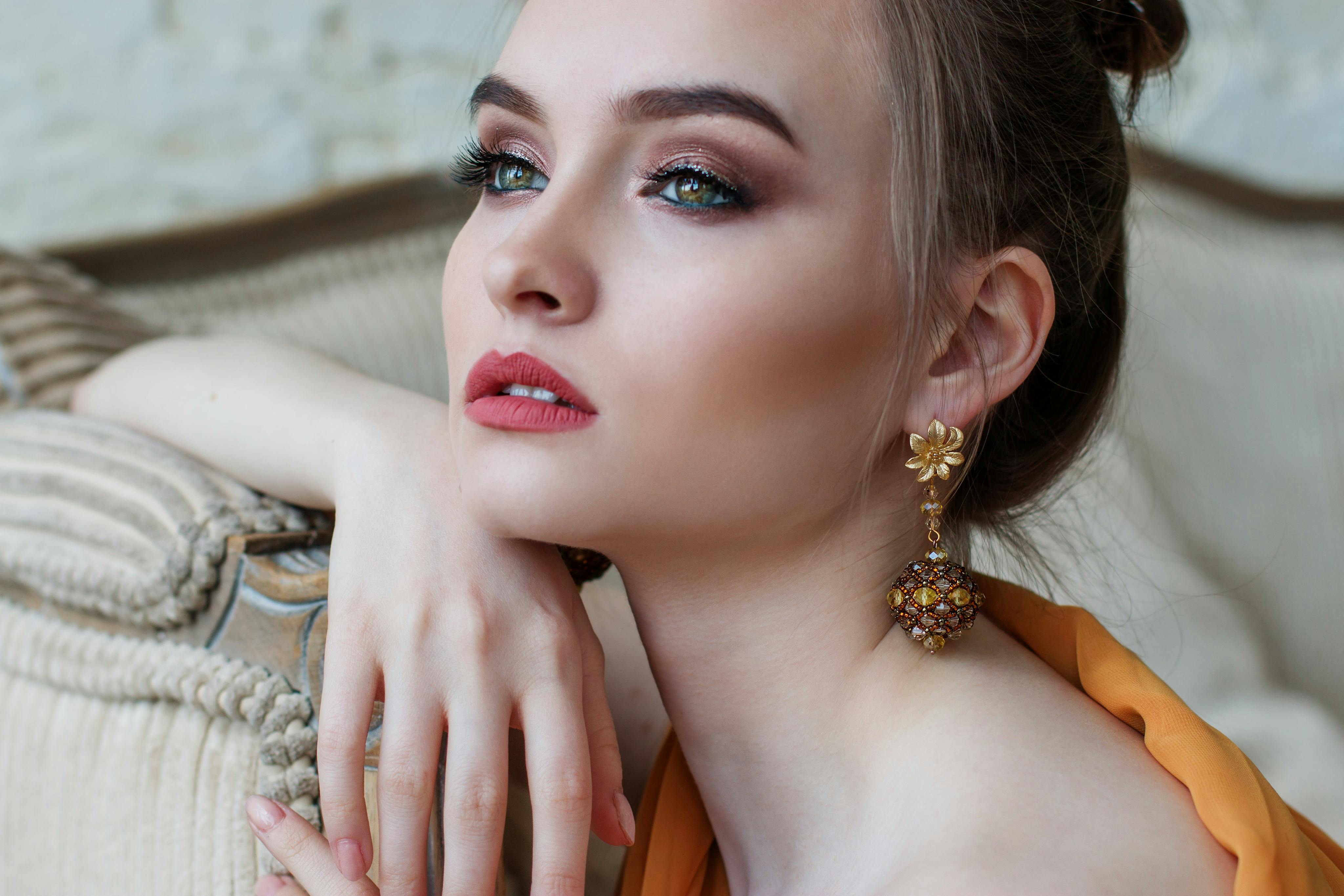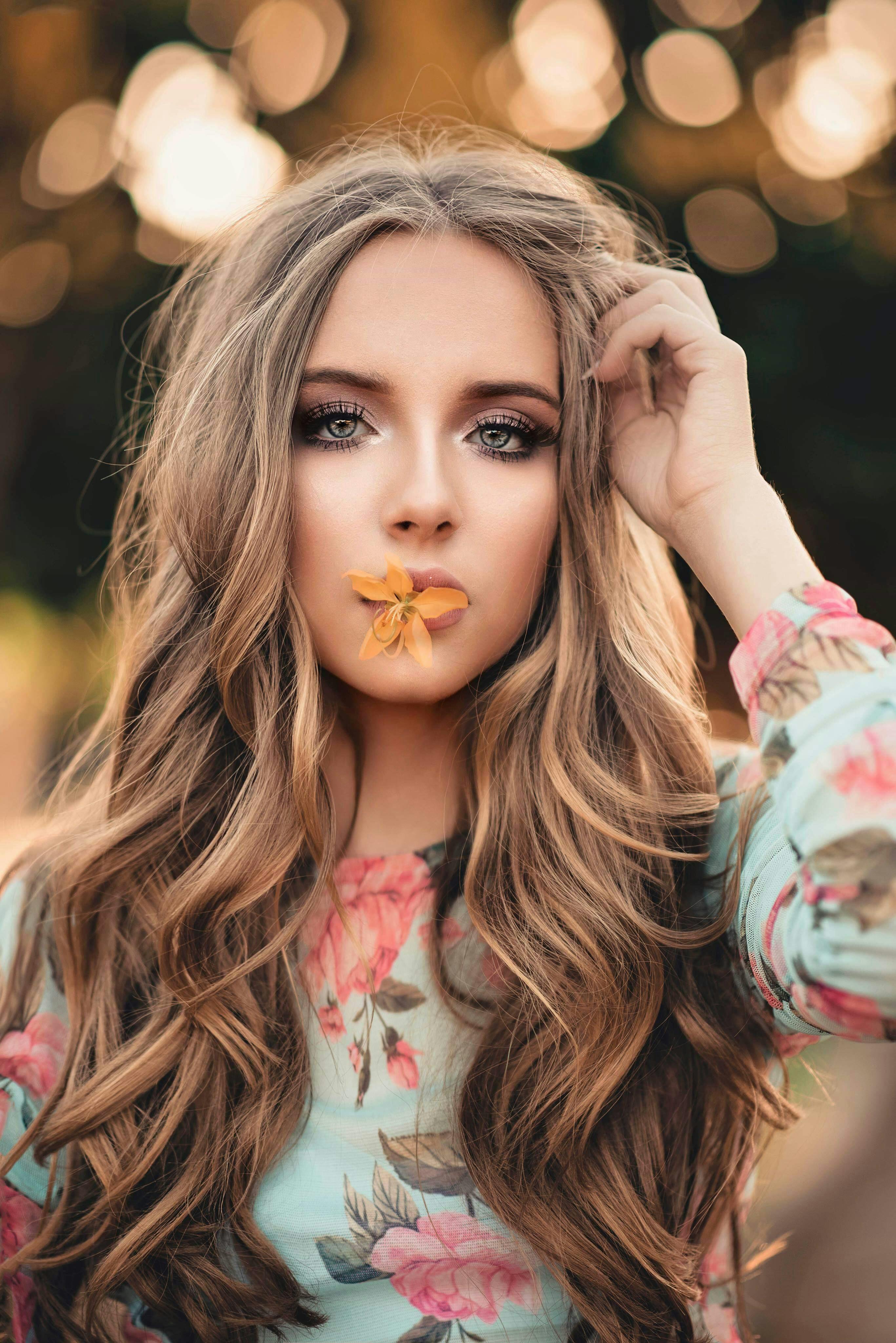Editorial Hair Sculpture: Avant-Garde Styling for Photoshoots

What You'll Need
- Backcombing brush
- Tail comb
- Multiple sizes of bobby pins and hair pins
- Strong-hold hairspray
- Texturizing spray
- Hair wax or pomade
- Heat protectant
- Flat iron
- Hair dryer with diffuser
- Wire or armature (optional for extreme shapes)
- Colored hair spray (optional)
Editorial hair styling pushes the boundaries of conventional hairstyling to create artistic, sculptural pieces that make a statement in photography. This tutorial explores techniques used by professional stylists for high-fashion editorials and runway shows. These styles aren’t meant for everyday wear but instead create visual impact for creative photoshoots, fashion shows, and artistic presentations. You’ll learn how to build structure, create dramatic shapes, and secure even the most elaborate designs for the duration of a photoshoot.
Step-by-Step Instructions
Step 1: Prepare Your Base
Creating a strong foundation is essential for editorial styling:
- Start with clean, dry hair. If the hair is freshly washed, apply plenty of texturizing spray throughout.
- Section the hair based on your desired final shape. For this tutorial, we’ll create a dramatic upward shape with structural elements.
- Apply heat protectant, then use a flat iron to straighten the hair completely - this gives you a clean canvas.
- Once straightened, apply texturizing spray liberally throughout all sections.
Step 2: Build Your Primary Structure
Create the main shape that will define your editorial look:
- Decide on your focal point - where the most dramatic element will be positioned. For this style, we’ll build height at the crown.
- Section off the crown area in a square shape (approximately 3x3 inches).
- Backcomb this section thoroughly, starting at the roots and working in small subsections for maximum volume.
- Spray each backcombed section with strong-hold hairspray before moving to the next.
- Once fully backcombed, do not brush over the surface yet - we’ll shape it in the next step.
Step 3: Create Your Sculptural Shape
Now transform the backcombed foundation into an artistic shape:
- Using the tail comb, begin to shape the backcombed section into your desired form.
- For this tutorial, we’re creating a rounded, upward shape that will serve as our central structure.
- Use the flat side of the comb to smooth the outer surface while maintaining the volume underneath.
- Spray liberally with hairspray, then use a blow dryer on low heat to set the shape.
- Insert long hair pins horizontally through the base of the shape to secure it.
Step 4: Incorporate Surrounding Hair
Build complexity by adding the remaining hair to your structure:
- Take a section from behind one ear and apply a small amount of hair wax to smooth it.
- Twist this section tightly, then wrap it around one side of your central structure.
- Secure with U-shaped pins, inserting them so they connect with the central structure.
- Repeat on the opposite side, creating symmetry or intentional asymmetry depending on your vision.
- Continue with additional sections, building a complex network of twisted elements around the central shape.
Step 5: Create Secondary Structural Elements
Add dimension and interest with additional sculptural components:
- Select a section at the nape of the neck.
- Apply strong-hold gel or wax and comb completely flat.
- Twist very tightly, then coil into a structural shape - such as a spiral or geometric form.
- Set this shape with a hairdryer and diffuser attachment.
- Pin securely to the main structure, ensuring it complements rather than competes with the primary shape.
Step 6: Surface Treatment and Texture
Add surface interest to complete the editorial effect:
- For sleek sections, apply pomade and use the tail comb to create ultra-defined partings or lines.
- For textured sections, use a small amount of wax rubbed between fingers, then apply by pinching and twisting small pieces of hair.
- Create intentional contrasts between ultra-sleek and highly textured areas.
- If using colored hairspray, apply it strategically to highlight certain elements of your structure.
Step 7: Set and Secure for Photography
Ensure your creation will last through a photoshoot:
- Examine the entire structure and reinforce any areas that seem unstable with additional pins.
- Apply strong-hold hairspray in layers, allowing each layer to dry before applying the next.
- For extreme hold, apply a light mist of water-resistant hairspray as a final layer.
- Test the stability by having your model or mannequin move slightly - address any sections that shift.
- Take photos from all angles to ensure the style looks intentional and balanced from every perspective.
Step 8: Finishing Touches for Photography
Perfect your creation for the camera:
- Use a small brush and strong-hold gel to slick down any flyaways.
- Apply shine spray only to areas where you want light reflection - be strategic as this can affect photography.
- If any sections have dropped or shifted, reshape them and secure with additional pins and spray.
- Check for any visible pins and either conceal them or replace them with pins that match the hair color.
You’ve created an editorial hair sculpture worthy of high-fashion photography! Remember that editorial styling is about artistic expression and creating visual impact - there are no rules except those of physics and the limits of the hair you’re working with.
Pro Tips
- Build a strong foundation - all dramatic styles need a secure base structure.
- Work in sections and secure each part before moving to the next.
- Use more product than you think you need - editorial styling requires heavy product usage.
- Take photos from all angles as you work to ensure the style looks good from every perspective.
- For extremely structural shapes, consider using a hidden armature or wire structure.
Style Variations
- Incorporate braided elements for added texture and complexity.
- Add temporary color with colored hairspray for dramatic effect.
- Incorporate accessories like wire, beads, or decorative objects (ensure they're secured properly).
- Create asymmetrical designs for more avant-garde appeal.


